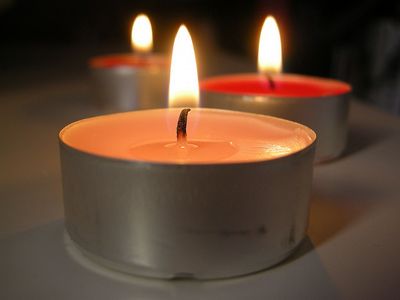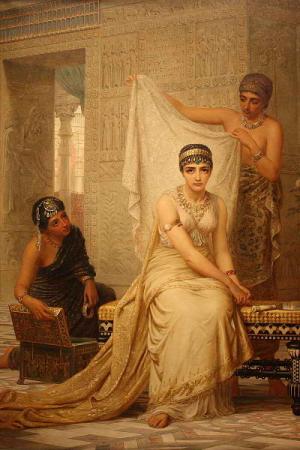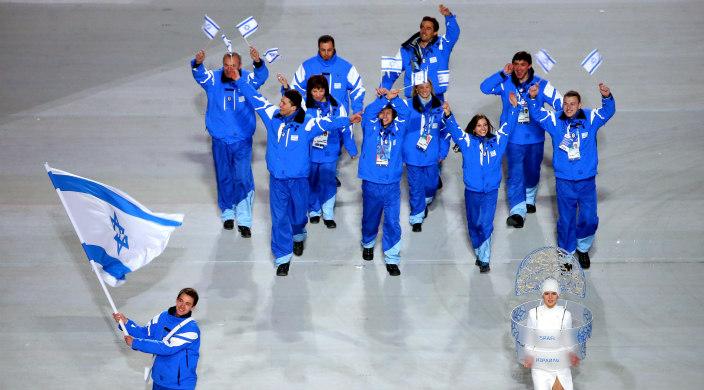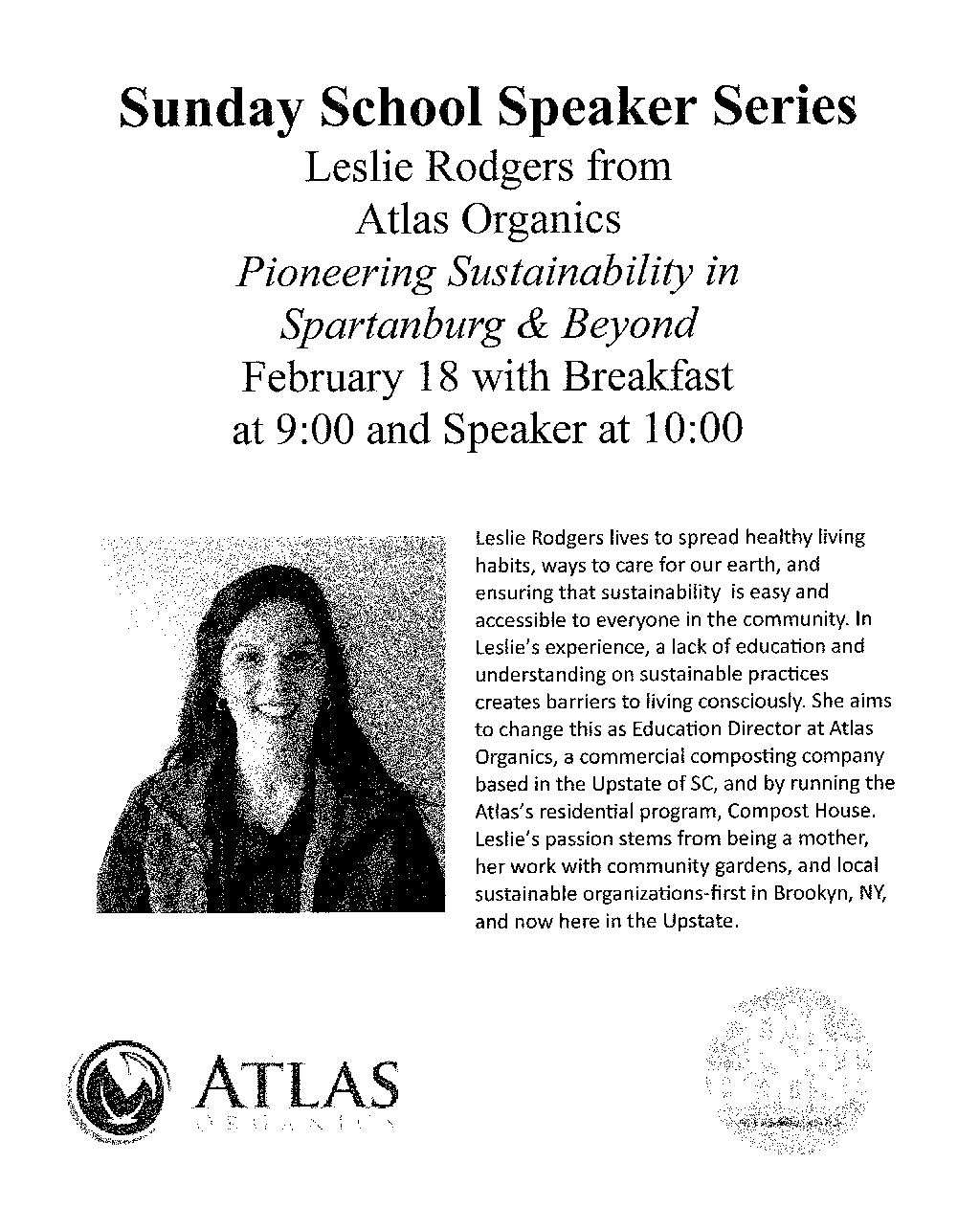February 2018
Responding to Spiritual Questions and Emotional Needs after Tragedies
By Rabbi Edythe Mencher

Following tragedies, especially those that are man made, people of all ages have questions about how a good God could let terrible tragedies happen.
Following a terrible event or loss, they may even cry out this question, tempting others to offer their own religious understanding or to engage in philosophical discussion. These are valid questions… to be engaged at other times.
In times of deep crisis and pain, such questions – when posed by adults – might be heard as:
“How could this have happened?”
“Does anyone care about and protect me and those whom I love?”
“What did I do to deserve this?”
“How can this terrible and unfair thing have happened?”
“Is there any order and security or is the world just chaos and mayhem?”
When posed by children, depending upon their ages, they may be heard as:
“Why didn’t my parents/teachers/caretakers protect me?”
“Is it safe to be away from my parents?”
“Is it safe to go to sleep?”
“Are there bad guys everywhere?”
“Is the world a scarier place than I thought?”
“Is anyone in charge?”
The Role of Religion in Comforting Those Affected by Tragedy
For most of us, in the immediate moment of tragedy, the question is only partly theological. Rather, the care we desperately need is that which human beings – perhaps Divinely inspired – can offer to one another.
This is not to suggest that pastoral counseling and religious questions aren’t important or should not be addressed in the days to come. Some people may change their own beliefs because of what has the trauma they’ve experienced – but however tenuous or tentative a person’s belief in God may be, the moment of serious loss and fear is not the right time to toss aside all possibility of belief in a loving compassionate Presence.
How We Can Help
We needn’t try to convince these individuals of anything or to challenge their doubts and disappointments, nor is it helpful to add our own negative conviction to theirs. If we hear them saying (directly or others) that life and the world seem devoid of love, order, and meaning, then agreeing or disagreeing isn’t the issue. Rather, the issue is how the world feels to them right now – and thus, anything we can do on the side of life, calm, and meaning will be most valuable.
The kindest response we can offer is one of listening, conveying acceptance that the questions are being asked, and doing and saying things that help restore a sense of love, justice, protection, and order in our world – even though what has happened is shocking, unfair, hateful, or a result of temporary chaos.
We don’t necessarily have to convey all that in words. Instead, it can be in hugs offered, compassionate care provided, and accompaniment through agonizing tasks such as funeral preparations and the gentle and timely restoration of routine. We try to provide living proof for one another that we live in a world in which there is great goodness, even though it is also a world in which terrible tragedies sometimes occur. This great goodness is expressed in such activities as caretaking, rescuing, and rebuilding, and it can be understood, by some, as a sign of God in the world.
When Children Have Questions
Children sometimes raise religious questions in the midst of tragedy too, although less often than their parents. It is important to ask them what they think and to try to support what they wish to and are able to believe, particularly if it is strengthening and reassuring.
As adults, we needn’t profess beliefs we don’t have, but we can be respectful of our kids’ hopes – even when our own beliefs and faith are shaken.
We can remind children about the ways religion and God can inspire us to take care of one another and to do the good and wonderful things that are also part of our world. Religious rituals like lighting candles, expressing hopes through prayer, and participating in celebrations that support optimism can be very helpful.
Children need their sense of security restored and anything that helps with that (and is consistent with their family’s practice and belief) is what counts – including explaining that those who have died are with God. Young children may not be able to conceive that someone who was once here is now not somewhere (this is difficult enough for adults); most older children can conceive of people living on within our hearts, or of souls returning to God.
It’s essential that we listen to children’s questions before we compose our answers, as very young children age may not be clear about the permanence of death and the difference between being alive and no longer alive. They still may be most concerned about being separated from parents themselves and are reassured that the child or adult who has died is not “somewhere” suffering and crying out in loneliness.
At moments of traumatic crisis, children’s faith and trust in the people they have counted on to protect them may be more significantly shaken than their religious faith. Anything adults can do to restore their sense that the people around them are working to restore safety will matter most. They need to be allowed to remain close to caring adults and to have a sense of calm – and, eventually, joy – returned to their lives.
Perhaps in this way, children and adults are more alike than different: All of us need to feel we are not alone and that there are trustworthy sources of hope, security, and joy within our world.
****
Rabbi Edythe Held Mencher, LCSW, serves as Union for Reform Judaism faculty for Sacred Caring Community and is director of the URJ Presidential Initiative for Disabilities Inclusion. In her role as director of the URJ Ruderman Disabilities Inclusion Initiative, she helped to create the online learning site disabilitiesinclusion.org. She has been an adjunct faculty member of Hebrew Union College-Jewish Institute of Religion’s Interfaith Doctor of Ministry Program in Pastoral Counseling. She writes and consults on disability, mental health, and helping children and adults to navigate the feelings associated with difficult personal and communal events, drawing about Jewish and secular sources. She is the co-author of Resilience of the Soul: Developing Emotional and Spiritual Resilience in Adolescents and Their Families. Ordained in 1999, Rabbi Mencher is also a graduate of the Westchester Center for the Study of Psychoanalysis and Psychotherapy and of the Hunter College School of Social Work.
“If not now, when?” It’s enough already!”
Dear Members,
I can only imagine the horror of those who have suffered the losses in Florida. At times, the numbers make us more and more numb and yet, we prefer them to faces as they are too painful to gaze upon. When I think of the Holocaust the image of that lovely Anne Frank sears my soul for she represented the depth of the abyss that was the Shoah! All lives, made in the image of God are holy and none is to be mourned over another. Until this morning when this article below was transmitted to me, I did not feel as mournful as I had even though my anger and my despair over yet another maddening gun episode was deep and abiding. Somehow the faces of three Jewish children and one Jewish teacher amplified my despair. No doubt the fact that I have one young daughter near their ages makes me shudder through and through. I share these images with you with no other agenda than to acknowledge that we are not making America great again. Please see the attached article. As Hillel said, “If not now, when?” It’s enough already!”
YOSSI LIEBOWITZ, Rabbi
Purim: Customs and Rituals

In the Book of Esther, we read that Purim is a time for “feasting and merrymaking,” as well as for “sending gifts to one another and presents to the poor” (Esther 9:22). In addition to reading the M’gillah (Book of Esther), celebrants dress in costumes, have festive parties, perform “Purim-spiels,” silly theatrical adaptations of the story of the M’gillah, send baskets of food (mishloach manot) to friends, and give gifts to the poor (matanot l’evyonim).
Hamantaschen
Hamantaschen (Yiddish for Haman’s pockets) are three-cornered pastries filled with poppy seeds (mohn in Yiddish), fruit preserves, chocolate, or other ingredients that are traditionally eaten on Purim. In Israel during the weeks leading up to Purim, the aroma of freshly baked hamantaschen can be smelled on every block. Their triangular shape is thought to be be reminiscent of Haman’s hat or ears.
Costumes
As part of the carnival-like atmosphere of Purim, many children and adults wear costumes. Some attribute this tradition to the fact that Esther initially “masked” her Jewish identity. Now a vibrant and widely practiced custom, some choose to dress as characters from the Purim story, while others select Jewish heroes from throughout history.
In Israel, the celebrations are especially extravagant and exciting. People of all ages take to the streets, rejoicing with parades, parties, costumes and carnivals. The parade through the streets of Tel Aviv is known to be especially wild. At the Kotel (the Western Wall) volunteers for Women of the Wall read M’gillat Esther in the women’s section.
In the Synagogue
The M’gillah (scroll) most often refers to M’gillat Esther (The Scroll of Esther) which also is known as the “Book of Esther.” According to the Talmud, “The study of Torah is interrupted for the reading of the M’gillah.” Maimonides, a 12th century sage and rabbi, teaches, “The reading of the M’gillah certainly supersedes all other mitzvot.”
Traditionally, the Book of Esther is read at both evening and morning services on Purim—both in North America and in Israel. A number of customs are associated with the reading. Haman, the enemy of the Jews in this story, is associated with all those who have tried to destroy the Jewish people throughout history. Therefore, we make loud noises—verbally or with noisemakers—at every mention of Haman’s name in order to drown it out. Derived from the Polish word meaning “rattle,” a grogger is the noisemaker used to drown out the name of Haman during the reading of the M’gillah. Beginning in the 13th century, Jews throughout Europe sounded the grogger as a part of their Purim celebrations.
A Purimspiel (pronounced shpeel, rhymes with “reel”) is a humorous skit presented on Purim. Most parody the story of the Book of Esther, but it also is common for participants to take the opportunity to poke some gentle fun at themselves and their idiosyncrasies. Some congregations run an adults-only event for Purim, too.
At Home
Mishloach manot are gifts of food that friends (and prospective new friends!) exchange on Purim. Often presented in baskets, most mishloach manot include hamantaschen, the traditional three-sided pastry eaten on Purim, but may also include a wide variety of foods and treats. These gifts are frequently referred to by their Yiddish name, shalachmanos.
Jewish families make mishloach manot baskets at home and distribute then to friends. Many families also make hamantaschen to include in these baskets and to enjoy at home. Check out these creative ideas for making your own.
Matanot l’evyonim (gifts to the poor) are gifts given at this season to those in need so that they, too, can celebrate Purim with a special meal. Many families have committed to participating in this important social justice aspect of the holiday.

Source: The Jewish Home (Revised Edition) by Daniel B. Syme
Purim: History

Queen Esther, the main character in the story of the Jewish holiday of Purim
The story of Purim is found in the Book of Esther, one of the books in the Ketuvim (Writings) section of the Bible. It is set in the land of Persia (current day Iran) at the time when Ahashverosh was king. King Ahashverosh held a banquet in the capital city of Shushan and ordered his queen, Vashti, to come and dance before his guests. She refused to appear and lost her royal position.
Acting on advice from his counselors, Ahashverosh held a pageant to choose a new queen. Mordechai, a Jewish man living in Shushan, encouraged his cousin, Esther, to enter the competition. Esther won but, following the advice of her cousin, did not reveal her Jewish origin to the king.
Mordechai often sat near the gate of the king’s palace. One day he overheard two men, Bigthan and Teresh, plotting to kill the king. Mordechai reported what he had heard to Esther. She then reported the information to the king. The matter was investigated and found to be true, and Bigthan and Teresh came to an unfortunate end. Mordechai’s deed was recorded in the king’s diary.
Meanwhile, the king’s evil adviser, Haman, paraded through the streets, demanding that all bow down to him. Because Jews do not bow to anyone but God, Mordechai refused to bow down to Haman. Upon learning that Mordechai was Jewish, Haman decided to kill all the Jews in the Persian empire. He plotted to kill them—convincing King Ahashverosh to go along with the plan—and cast purim (“lots,” plural of pur), a kind of lottery, to determine the day on which he would carry out his evil deed: the 13th of Adar.
However, Mordechai alerted Esther to Haman’s evil plot, and Esther, in turn, revealed her Jewish identity to the King, convincing him to save the Jews and foiling Haman’s plot. Haman was hanged, Mordechai received his estates and the position of royal vizier, and the Jews of Persia celebrated their narrow escape on the 14th of Adar, the day after they were supposed to be annihilated.
Thus, the fate Haman had planned for the Jews became his own. The holiday of Purim celebrates the bravery of Esther and Mordechai and the deliverance of the Jewish people from the cruelty of oppression.
Although Purim is observed in most places on the 14th of Adar, in Jerusalem, it is celebrated on the 15th. M’gillat Esther explains, “on the thirteenth day of the twelfth month—that is the month of Adar—when the king’s command and decree were to be executed, the very day on which the enemies of the Jews intended to have rule over them, the opposite happened, and the Jews prevailed over their adversaries.” The Jews fought and won on the 13th of Adar and celebrated the following day. However, M’gillat Esther continues by explaining that the Jews did not defeat their enemies until the 14th of Adar in the walled city of Shushan. Therefore, cities that were enclosed during the time of Joshua do not celebrate until the 15th of Adar, which has been appropriately named Shushan Purim. Because of the significance of Jerusalem, Purim is celebrated on Shushan Purim.
Source: The Jewish Home (Revised Edition) by Daniel B. Syme
February 9 & 10 Service Times
Friday Evening Service is scheduled for 7:30 pm
Saturday Morning Service is scheduled for 9:30 am
We hope to see you there!





